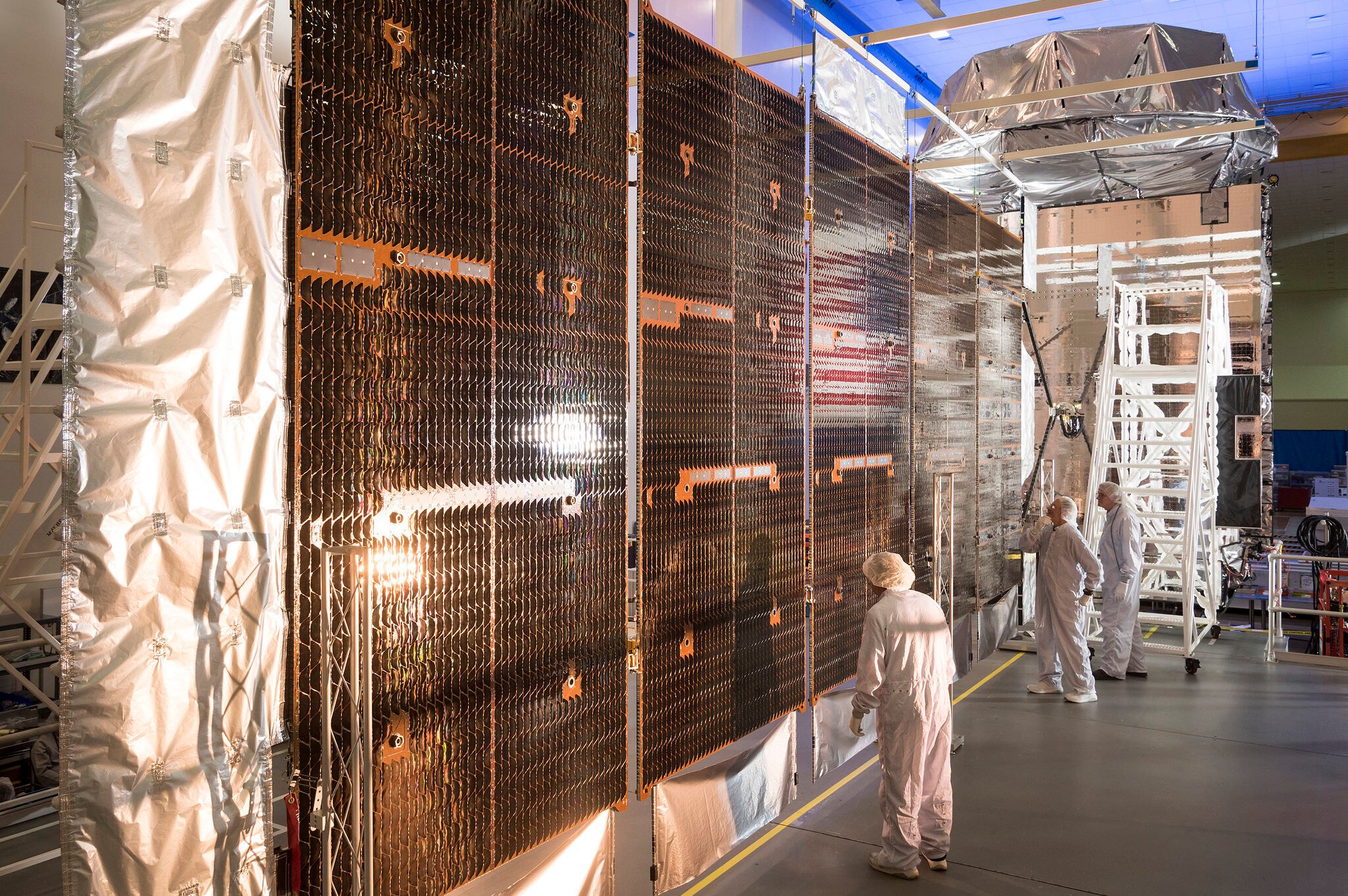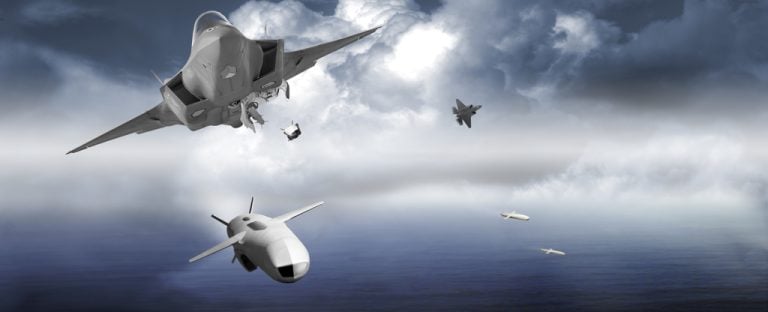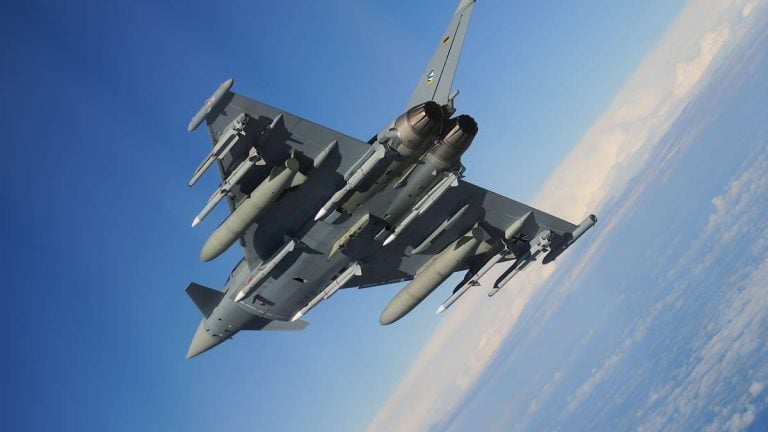Lockheed Martin and Boeing are intensifying their competition to provide next-generation military communications satellites to the US Space Force, with both companies marking significant milestones in their development processes. The recent completion of early design reviews indicates that their respective satellite solutions are on track to meet crucial criteria needed to transition into the next phase of development.
Lockheed Martin announced on February 7 that its innovative approach, leveraging advanced digital technology, had led to a particularly robust early design review. The company underscored that the review not only met essential standards but exceeded them, successfully passing the rigorous requirements of a more advanced design assessment. Additionally, Lockheed disclosed its collaboration with SEAKR Engineering, a subsidiary of Raytheon, for the development of an advanced payload processor tailored for the upcoming communications satellites.
On the other side, Boeing achieved a significant milestone by completing its early design assessment for the proposed Mobile User Objective System (MUOS) satellite in December 2024. Boeing’s proposed system is architected around its reliable 702MP satellite platform, which is already in operational use with the US Space Force.
The MUOS network, consisting of four active satellites and one spare, is designed to facilitate secure, beyond-line-of-sight communications specifically for mobile military operations. This network functions similarly to a military cellular system, enabling simultaneous transmission of voice, video, and data over a secure IP framework. Its primary mission revolves around supporting users who require mobility, high data rates, and enhanced operational availability.
In the previous year, the US Space Force initiated a competition for the deployment of two additional MUOS satellites, aiming to bolster secure communications for military forces over the coming decades. The early design review is a vital component of this competition’s first phase, which also includes critical risk mitigation efforts. Moving forward, the US Space Force plans to select a contractor for the second phase, which will entail the construction of the new satellites. The anticipated launch date for these new space assets is targeted for no earlier than 2030, reflecting the long-term strategic investments being made in military communications capabilities.

















